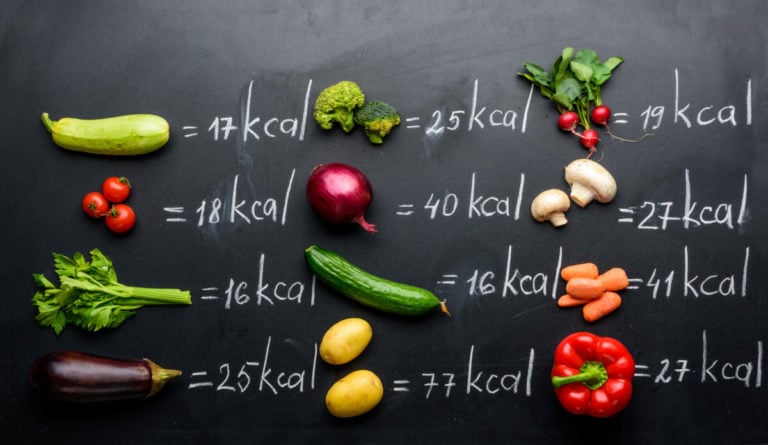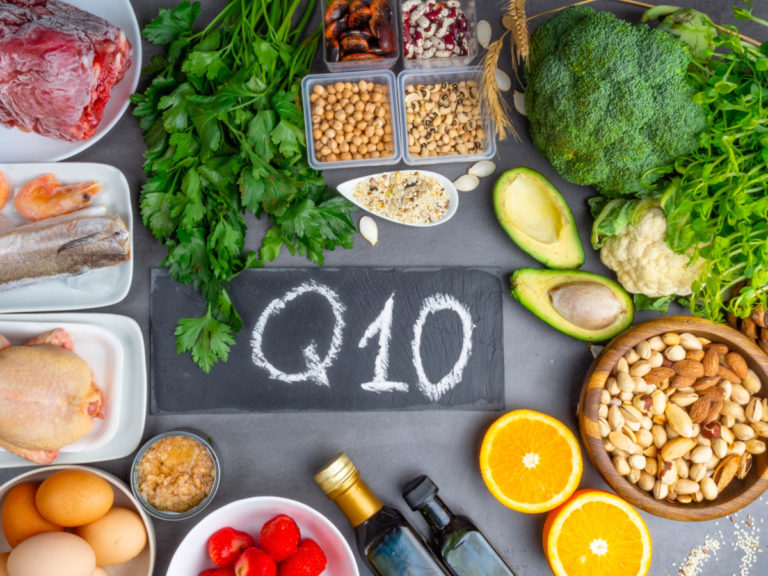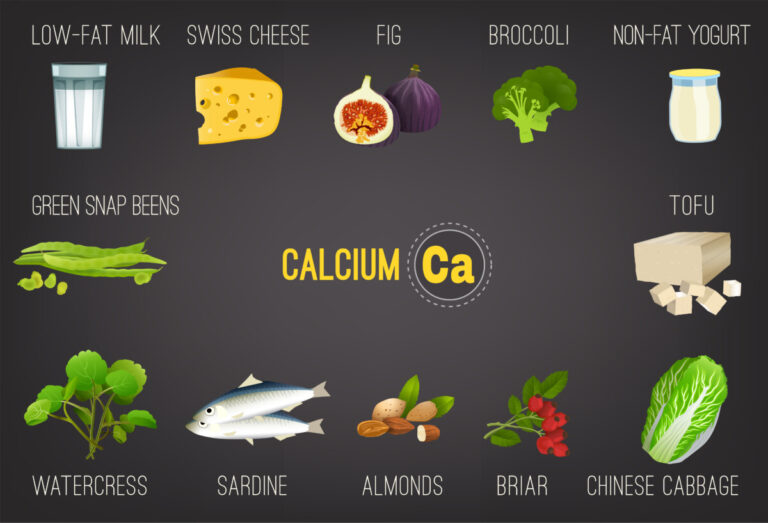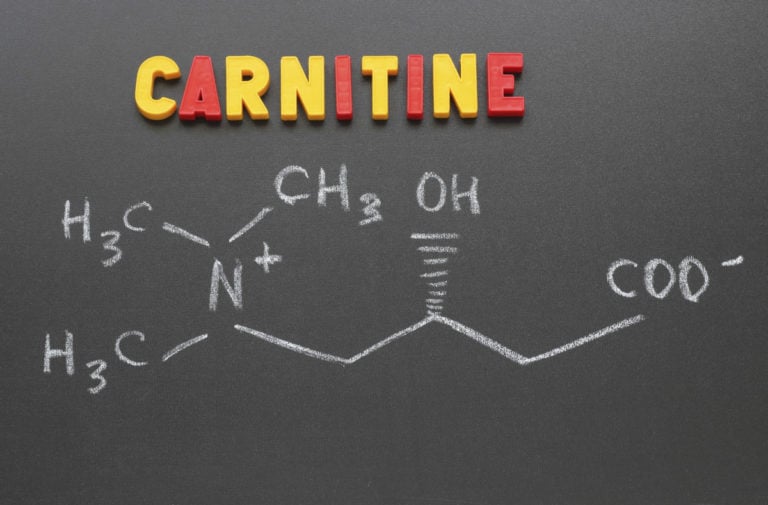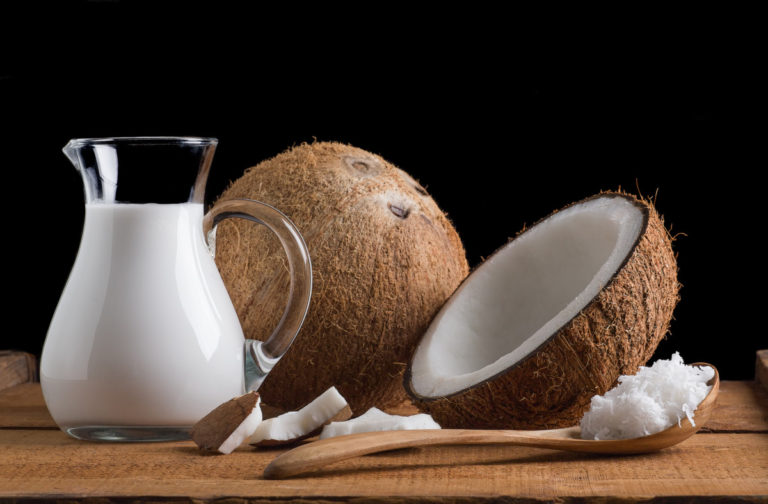Lactose is also called milk sugar and its formula is C12H22O11. It belongs to the group of disaccharides. This compound is found in milk and milk-containing products.
Properties
Lactose exhibits the chemical properties of a carbohydrate, so its hydrolysis occurs by boiling the substance with dilute acid. Alkalis contribute to its oxidation to saccharic acids.

Lactose, due to its physical properties, is an indispensable component in the synthesis of various substances, including in the human body.
Benefits
Lactose plays an important biological role in the human body.
- Restoration of bowel function. The properties of lactose contribute to the reproduction of beneficial lactobacilli in the cavity.
- Stabilization of the immune system. It creates a healthy microflora that protects the body from the aggressive effects of seasonal factors (frost, for example) that can provoke a cold.
- Maintenance of the central nervous system. Thanks to lactose, nerve cells are stimulated, and its work is normalized.
- Assimilation of trace elements. In particular, the compound helps to increase the degree of saturation of the body with calcium.
- Prevention of pathologies of the cardiovascular system. The use of lactose reduces the risk of developing diseases in this category.
- Increasing the absorption of vitamins. This does not apply to all vitamins, but affects groups PP, E, C and B.
- Supports the processes necessary for the formation of muscles. With its help, a sufficient amount of proteins is produced in the muscles, which facilitate the load during sports.

That is, lactose is a component without which the human body will not function normally, but in different cases it can be said that this is both good and bad.
Harm
Lactose can harm a person in case of intolerance. Then lactase stops breaking it down in the necessary way. Therefore, it cannot be normally absorbed in the human body, which causes a number of health problems.
But it may turn out the other way around. If the intestinal walls absorb lactose very intensively, toxins are released. They cause general poisoning of the body. Its manifestations resemble an allergic reaction to food.
Lactose intolerance
Intolerance occurs in all groups of people: in children of early school age, adolescents and adults. It’s a digestive problem, so don’t confuse it with a lactose allergy. An allergy to cow’s milk is caused by a reaction to milk protein, which is not lactose.
Lactose intolerance occurs in people whose small intestines do not produce enough of the enzyme lactase. The second name of the pathological condition is hypolactasia (or lactase deficiency). This enzyme is essential for normal digestion. That is, lactose is not absorbed in the body without its participation.
Causes of lactose intolerance
It is impossible to speak unambiguously about the causes of this condition, because it is divided into two types – primary and secondary.
Primary
The most widespread. Its cause is a decrease in the production of the lactase enzyme. This usually happens due to age-related changes. It is less absorbed by the body than those who are younger. But we must not forget about the genetic predisposition, which also affects the development of hypolactasia in humans.
Secondary
Occurs less frequently. Its causes are more complex: it occurs due to celiac disease, which is popularly called the stomach flu. It is an autoimmune disease that affects people of all ages. It causes disorders of the gastrointestinal tract, which are triggered by damage to the villi of the small intestine through food.
But besides it, pathology can be provoked by:
- viral, bacterial or parasitic intestinal infections;
- food allergies;
- pathology that occurs due to the influence of the bacterium Tropheryma whipplei;
- Crohn’s disease (other names are regional terminal ileitis, granulomatous enteritis, etc.), which causes inflammation that affects parts of the small intestine.
Inflammatory processes take place in the intestinal walls, which provokes a decrease in lactase production for a while.
Symptoms
Pathology can proceed in a weak or severe form. In the first case, people can eat milk or dairy products in small amounts. Lactose intolerance causes the following symptoms in children and adults:
- stomach discomfort or colic, grumbling;
- increased flatulence;
- disorders of the gastrointestinal tract, diarrhea;
- nausea and vomiting.

Symptoms do not appear immediately after eating a dairy product, but after 1.5-2 hours. In some cases, manifestations can affect the entire body, and not just the gastrointestinal tract, and then the patient has:
- malaise;
- excessive sweating;
- increased heart rate;
- headache and dizziness;
- heart pain.
Lactose intolerance in adults
Mature people are more likely to suffer from lactose intolerance, because age is one of the factors that affects the absorption of milk.
With regular use of lactose, after the age of seven, lactase production gradually decreases. 10% of the population is unaffected and can drink milk normally until old age. Also, with age, the state of the pancreas (under the influence of malnutrition, stress, bad habits) worsens. And it affects the reaction of the human body to dairy products.
Lactose intolerance in children and infants
All parents need to know how lactose intolerance manifests itself. Children with lactase deficiency have a good appetite, but lose weight, each intake of dairy products causes characteristic loose stools, bloating and colic.
This phenomenon is rare, but can occur in some cases. The first option involves the birth of a child before the due date. But in premature babies, this condition does not last long. At the same time, they can drink breast milk in moderation and eat formula.

The second reason may be the presence of a rare disease – congenital lactose intolerance. It is hereditary and then the baby’s body cannot process lactose. The intake of dairy products is accompanied by diarrhea. Lactose intolerance causes childhood-like symptoms in infants.
Diet for lactose intolerance
Patients who suffer from lactose intolerance are prescribed lactose-free probiotics. To eliminate the symptoms of the disease, special (myotropic) antispasmodics are used.
Babies who show pathology are transferred to lactose-free mixtures. There is no need to rush to give them fruits or vegetables, this must be done later than planned. What is lactose in infant formula? She brings her closer to breast milk, and in this situation it is inappropriate. Gradually, food can be diversified with dairy products. This also applies to lactose intolerance, which causes the same symptoms in children.
Adults need to completely exclude dairy products from their diet (in case of a severe course) – a lactose-free diet – or consume them in moderation, taking into account the recommendations of doctors.
Conclusions
Lactose intolerance is rarely congenital, but heredity plays a large role in its development. In addition, the disease can be acquired throughout life by drinking a lot of milk or leading an unhealthy lifestyle, having intestinal pathologies. Lactose is found most naturally in breast and cow’s milk.
Only secondary intolerance can be cured along with the disease that provoked its development. In other cases, it is necessary to learn to live with the disease, in some cases it is a kind of norm, therefore it practically does not interfere.

